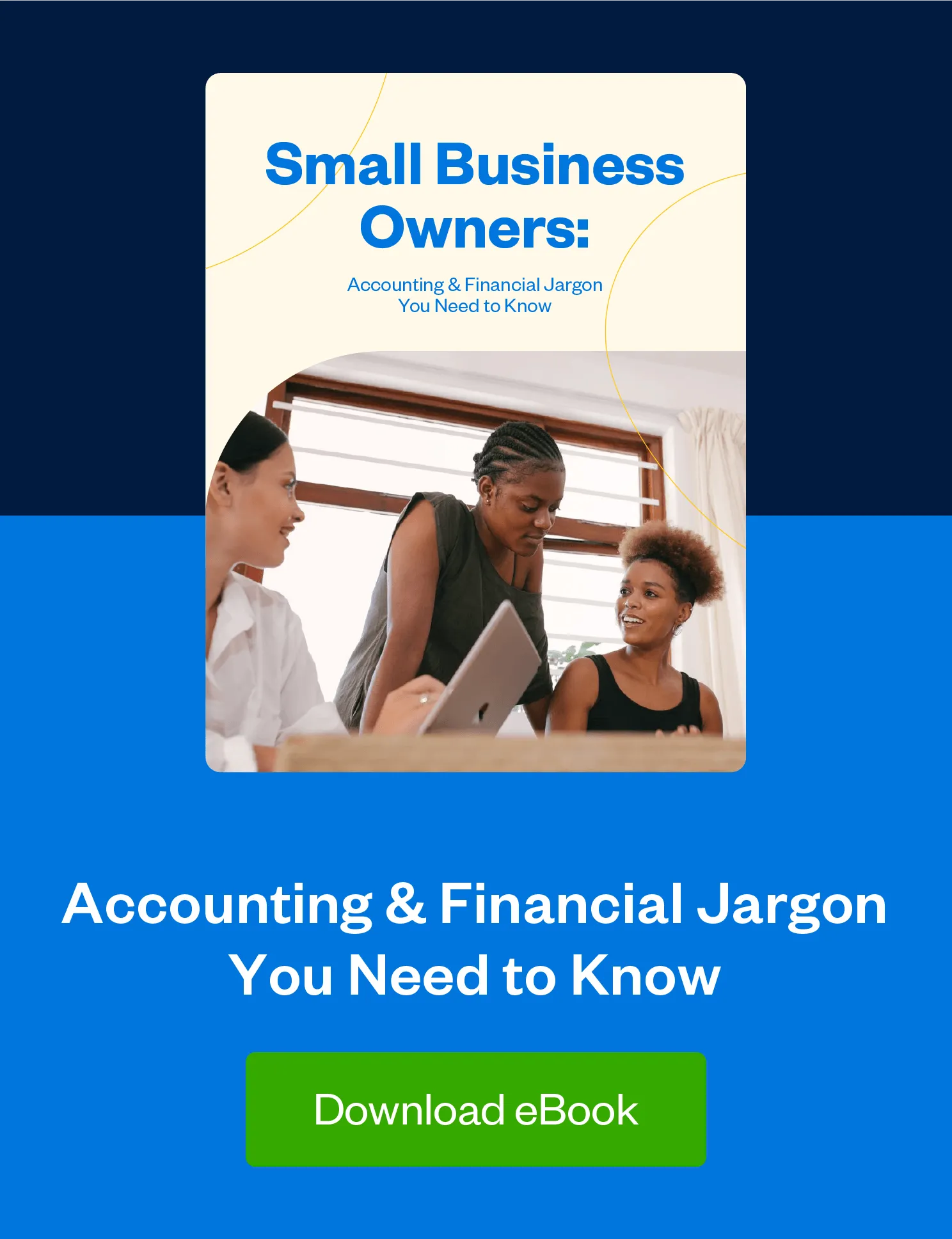Everything self-employed professionals, small business owners, and farming or fishing partnerships need to know about the CRA T4002 guide.

Let’s be honest—few people jump out of bed excited to tackle their taxes. Preparing your income tax return, managing self-employment income, and navigating business activities can feel overwhelming. Add the rules and requirements from the Canada Revenue Agency (CRA), and it’s no wonder many of us would rather put it off.
The good news? The CRA T4002 guide is here to help. Whether you’re calculating gross income, tracking professional fees, or figuring out how to claim capital cost allowance, understanding this essential resource can take the stress out of tax season. When you know how to report your business income, deduct expenses, and maximize available tax credits, you’ll be better prepared to meet CRA requirements—and maybe even boost your confidence along the way.
Ready to demystify your taxes and take control of your fiscal period? Let’s dive in.
Table of Contents
What Is the T4002 Guide?
If you’re not working with a tax professional to handle your self-employment income, don’t stress—the Canada Revenue Agency (CRA) has resources to help. Among the most comprehensive is the T4002 guide, designed specifically for those earning business income, including professional income, farming income, and fishing income.
The T4002 guide provides detailed instructions on how to report your gross income, deduct expenses, and claim deductions like the capital cost allowance (CCA).
Whether you’re filing your own income tax return or simply preparing the necessary information for your accountant, this guide is a must-have tool for any self-employed business owner. From tracking motor vehicle expenses to calculating net income, the T4002 guide simplifies the often-daunting process of tax filing.
Who Is the T4002 Guide For?
The T4002 guide is tailor-made for self-employed individuals. Whether you run a farming business, participate in a fishing partnership, or operate any other business activity, this guide has you covered. But what exactly qualifies you as self-employed in the eyes of the CRA?
You’re considered a self-employed business owner if you sell products or services without being incorporated. This includes those engaged in professional activities, earning commission income for services, or operating side hustles like running a daycare or managing livestock raising operations.
To determine if the T4002 guide applies to you, ask yourself these questions:
- Do I sell products or services?
- Am I engaged in a profession?
- Do I earn commissions and receive a T4A summarizing my earnings?
- Do I operate a daycare from my home?
- Do I earn farming income or engage in fishing activities?
If you answered “yes” to any of these, this guide is for you. It’s also helpful for keeping separate records, calculating your fiscal period, and identifying eligible expenses like professional fees, home office expenses, and passenger vehicle costs.
Whether you’re a solo entrepreneur or part of a partnership, the T4002 guide ensures that you’re prepared to meet CRA requirements, maximize tax credits, and accurately report your total income.
What’s in the T4002 Guide?
The CRA T4002 guide is packed with essential information to help you confidently prepare your tax return, manage your business income, and understand what you can deduct as a self-employed individual. Let’s break it down into plain language so you can easily navigate it.
What’s New
This section highlights any changes to income tax laws or regulations in the current year that may affect how you report your self-employment income, claim deductions, or calculate your net income. Make sure to review these updates when preparing your taxes.
Definitions
The guide includes a glossary of key terms like capital cost allowance (CCA), gross income, and input tax credit (ITC), explaining how they relate to your business activity.
General Information
This section covers essential topics such as:
- filing deadlines for the tax year
- consequences of not reporting all your total income
- proper record-keeping, including cash register tapes, sales invoices, and fee statements
- opting into employment insurance (EI) as a self-employed individual
- how to handle fiscal periods and choose between the cash method or accrual method for reporting income
Income
A comprehensive guide on how to report professional income, farming income, fishing income, and any other self-employed business revenue, including how to fill out the forms required by the government and Canada Revenue Agency (CRA).
Expenses
This section explains:
- What qualifies as a business expense, including home office expenses, motor vehicle expenses, and professional fees.
- How to claim input tax credits (ITC) for GST/HST paid on eligible expenses.
- How to report costs related to partnerships or fishing activities.
Capital Cost Allowance (CCA)
The T4002 guide dives deep into how to calculate and claim capital cost allowance for depreciable property like buildings, furniture, or equipment. The CCA allows you to deduct the cost of these assets over several years, helping reduce your taxable income.
Eligible Capital Expenditures (ECE)
This section explains eligible capital expenditures, such as costs paid for purchasing intangible assets like goodwill, trademarks, and patents. It also includes expenses related to incorporation or reorganization, which you can report as part of your professional activities.
Losses
Learn how to handle situations where your expenses exceed your income, creating a net loss for the year.
Capital Gains
The guide provides an overview of capital gains, including what they are and how to calculate them.
Mandatory Inventory Adjustments (MIA)
This section is especially relevant for farmers. If you experience a no profit or net loss for the year, you may need to perform an inventory adjustment, adding the fair market value of unused inventory to your income. The guide helps you navigate these calculations.
Slightly confusing? That’s why the T4002 guide is here to help you calculate it.
Online Services
The T4002 guide also explains how to use your CRA online account to:
- submit your tax return
- access resources for self-employed business owners
- track government assistance or refunds
Resources
If you need further help, the guide points you to additional tools and resources to ensure you’re meeting all CRA requirements for reporting professional income, claiming deductions, and preparing your taxes with confidence.
The T4002 guide is your comprehensive resource for navigating the complexities of self-employment income. With detailed instructions and clear examples, it simplifies the process of filing taxes, whether you’re running a farming business, managing livestock raising, or working in professional activities.
Where Do I Find the T4002 Guide?
Find the T4002 guide here. Once there, you have the option of viewing it online or downloading the PDF version. Highlight the relevant text, make notes, or print it and use it as a reference while preparing your tax forms.
Keeping Records for Your Business Income
When it comes to filing your tax return, one of the most critical steps is maintaining accurate records of your business income. This not only ensures compliance with the Canada Revenue Agency (CRA) but also positions you to claim all eligible deductions and avoid unnecessary complications.
Your business income includes all amounts earned through your business activities over the tax year, such as payments for services, product sales, and even bartered goods or services. Whether you’re operating on a cash method or an accrual method of accounting, it’s essential to document all income streams properly.
Here are some examples of records you should keep for your business income:
- Sales invoices: These prove the income you’ve received from clients or customers.
- Fee statements: If you’re a professional or earn commissions, these documents show the exact amounts paid to you.
- Benefit returns: Any benefits or subsidies received through your business activities, such as government assistance, should be documented and reported.
By organizing your records throughout the year, you’ll not only simplify the process of completing your tax return but also ensure accuracy if you’re ever audited by the CRA.
Planning for the Tax Year Ahead
Preparation doesn’t end once you’ve filed your taxes for the previous year. To keep your business running smoothly, it’s essential to plan for the upcoming tax year.
Start by reviewing your business income and expenses from the previous year to identify trends and areas for improvement. For example:
- Are there recurring expenses that could be reduced?
- Are you charging enough for your services, as reflected in your sales invoices or fee statements?
Use this information to develop a budget and a record-keeping strategy for the new tax year. If you use the accrual method, be sure to account for any income earned but not yet received, as this will affect your financial planning.
Additionally, staying proactive with your finances can help you anticipate any benefit returns or tax credits you may qualify for, ensuring you’re taking full advantage of the options available to you as a business owner.
Why Accurate Reporting Matters
Accurately reporting your business income and deductions isn’t just about complying with the CRA—it’s about setting your business up for success. The CRA considers a business to include all activities you engage in for profit, so ensuring that every detail, from sales invoices to fee statements, is accounted for can make a huge difference in how much you owe or save during tax season.
By staying organized, understanding what your business includes, and planning ahead, you’ll have a clearer picture of your financial health, making it easier to grow your business and thrive in the new tax year.
Income Tax Education Leads to Confident Filing
Navigating income tax as a self-employed business owner can feel overwhelming, but the T4002 guide from the Canada Revenue Agency (CRA) provides everything you need to handle your tax return with confidence. Whether you’re reporting business income, professional income, farming income, or fishing income, the guide breaks down complex tax concepts—like capital cost allowance (CCA), input tax credits, and mandatory inventory adjustments—into clear and actionable steps.
By keeping up with annual updates, understanding what expenses you can deduct, and maintaining separate records for your business activities, you’ll not only comply with CRA requirements but also maximize your net income. With tips on reporting property and motor vehicle expenses, managing home office expenses, and properly claiming professional fees, the T4002 ensures that every aspect of your self-employed business is accounted for.
Remember, accurate income tax education isn’t just about filing—it’s about building confidence in your ability to manage your finances and grow your business. So, whether you’re tracking cash register tapes, managing farming partnerships, or calculating capital costs, using the T4002 guide equips you with the tools to file accurately, save money, and keep your self-employment income stress-free. Tax season doesn’t have to be daunting—prepare, stay informed, and tackle it like a pro!
This post was updated in December 2024.

Written by Melanie Schroeder, CPA, Founder and CEO, Out of the Box Chartered Professional Accounting
Posted on March 31, 2022
This article was verified by Kristen Slavin, CPA

 Understanding T777: Statement of Employment Expenses
Understanding T777: Statement of Employment Expenses Canada Tax: Your Guide to the T2125 Form
Canada Tax: Your Guide to the T2125 Form A Guide to the Canadian T2200 Form for Tax Time
A Guide to the Canadian T2200 Form for Tax Time





